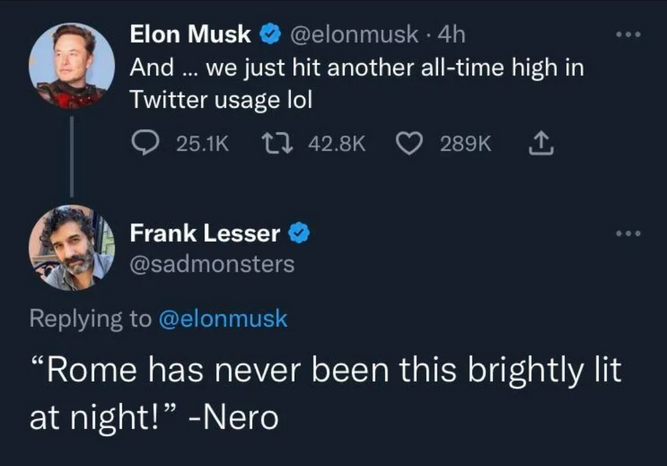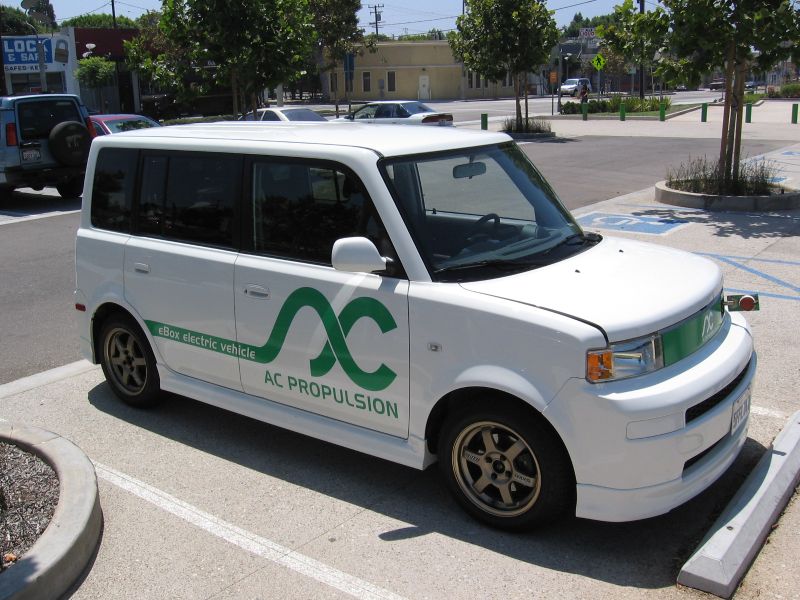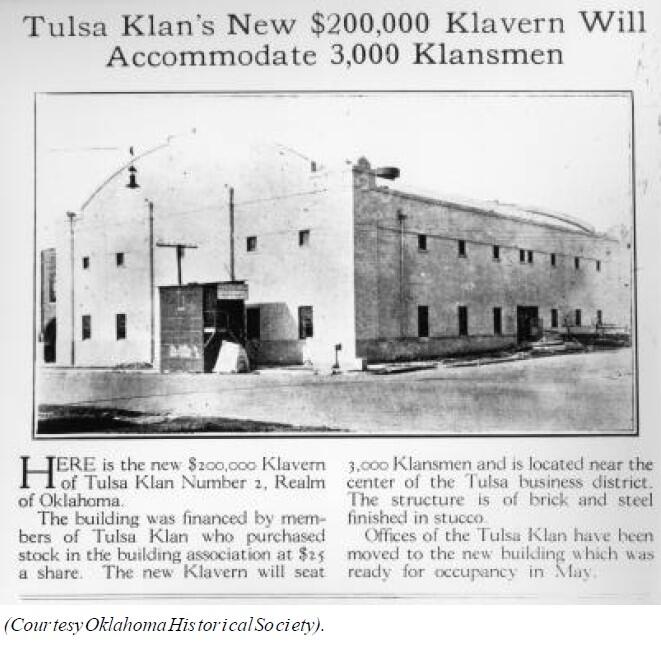Pavel Durov, the French citizen and founder of Telegram, was arrested in France based on allegations his inadequate moderation of harmful content directly facilitated criminal activities, including extreme-right terrorism and trafficking humans, arms and drugs.
The twelve charges he is accused of include crimes related to child pornography, drug trafficking, money laundering, withholding crucial information from investigators, and eight other crimes.
You know, the usual Nazi stuff. Does the “Terrorgram Collective” ring any bells? Dallas Erin Humber and Matthew Robert Allison clearly get away right now with using the Telegram platform to organize terror attacks in their attempt to start a “race war”.
Long before she was attempting to radicalize potential terrorists on Telegram, Humber was taking advantage of the opportunities that mainstream platforms provided her to espouse her newfound ideology to an audience who may not have otherwise been exposed to it. Unlike Telegram today, DeviantArt users did take issue with her evangelizing and recruiting for Nazism.
“Unlike Telegram today” used to be the buried lede on the very real potential for terrorism. That’s because headline writers weren’t ready yet to expose how Telegram today literally spreads Nazi “hit list” material on public targets with militant instructions and incitement for assassinations.
Notably, Telegram is implicated in facilitation of very specific terror cells such as the targeted killing of children in Brazil.
Earlier this month, a man carrying a hatchet killed four children between the ages of four and seven at their school in the same week as two other, non-fatal school attacks. Last month, a 13-year-old boy killed a teacher in a knife attack at a school in Sao Paulo. And last November, a 16-year-old shooter wearing a swastika killed four people and injured more than 10 others in twin attacks on two schools in Aracruz, in the southeastern state of Espirito Santo. The G1 news portal, citing police sources, reported the teenager had allegedly interacted with antisemitic groups on Telegram. According to a document from the federal justice authority in Espirito Santo, investigators had asked Telegram for the personal data of members of two stated antisemitic groups on the platform. The company handed over only data on the administrator of one of the groups, said the document, adding there was “intent by Telegram not to cooperate with the ongoing investigation.”
The ADL has pointed out with detail how Telegram has become known by law enforcement as a safe haven for white supremacists and other extreme-right domestic terror groups attracted by lax moderation policies. They explain that an intentionally flaccid harm moderation policy at Telegram has knowingly facilitated extreme anti-regulation, anti-democratic “free speech” groups to operate with abandon. This well known negligence is perhaps what predictably led to Durov’s predicament in France.
Related, Durov is reported to grossly neglect his own many children, and in some cases even harm them.
His arrest should underscore the question of legal scrutiny on CEOs and their products’ direct effects on society. Telegram also has become known for Russia using it during its invasion of Ukraine, as a significant tool of military intelligence operations including propaganda. Durov’s arrest thus perhaps complicates Russian-backed terrorism communication and coordination strategies targeting France (and NATO, especially Germany) to undermine support for Ukraine. In that sense the arrest has implications for other Russian-affiliated Private Military Company (PMC), such as Elon Musk’s SpaceX, raising important questions about regulation of private entities.
More specifically a documented rapid rise of antisemitic acts in France (quadrupled in 2023) can be partially attributed to the activities of these extremist groups on Telegram, where they have been organizing, recruiting, and spreading dangerous propaganda.
So the connection between Telegram’s use by extremist groups to increase destabilizing racist violence, human trafficking, CP, money laundering and drugs, is really not news. The significant concern for authorities has resulted in a necessary scrutiny of Durov’s role in facilitating such activities, and his abandonment of responsibility.
Some also point out that Durov just arrived in Paris from a high-profile trip to Baku — the capital of Azerbaijan — for meetings with some of Putin’s money-laundering “influencers”, if not the dictator himself.
It remains far from clear why Durov flew to Paris with Vavilova when he knew he faced possible arrest. The messenger app tech tycoon – living in self-imposed exile from his native Russia – is believed to have been aware of a potential French criminal investigation. He was held at Le Bourget airport outside Paris on Saturday evening, less than a week after Vladimir Putin abruptly refused to meet him when both men were in Azerbaijan capital Baku when reportedly a meeting had been brokered. […] Russia has demanded consular access to Durov, TASS reports, but he is a French citizen and this is not likely to be granted.
A tiny footnote here, hopefully not lost on anyone wondering if France is serious about stopping another spread of Nazism via foreign-backed media platforms, is that Le Bourget airfield is where Hitler landed June 28, 1940 about a week after France had surrendered in WWII. Perhaps it’s a symbolic place for arrest, in terms of French history.
After WWII ended [Paul Ferdonnet of Radio Stuttgart] was tried, convicted and executed by France as a war criminal. His allegiance was with personal power and hate, not his own country, population or its democratic institutions.
The arrest of Durov thus could be an updated precedent for those accused of using their media platform to publish and spread hate, including Twitter’s infamous CEO who boasts of having Putin’s number on his phone.
Also, did you pick up the thread how Putin both allegedly refused to meet Durov in Baku, and then demanded from the French that they give him access to the guy in Paris? Do not underestimate the point about Durov being a French citizen being arrested in France by French authorities, yet somehow a very big concern to Putin who was trying to arrest him first.
Don’t listen to hot-take pundits who fail to understand foundational aspects of modern French history and its anti-fascism, mixed into this Russian asset story. The BBC has no idea what it is talking about here:
It is unprecedented for the owner of a social media platform to be arrested because of the way in which that platform is being used…
Really BBC? Really? Challenge accepted. Oh, how far you have fallen…
Let’s just say an obvious counter-point is that Durov claimed that he had been forced out of his “VK” company and his Russian citizenship too because of threats since 2014 that he would be arrested, putting him on the run from the law for a decade already.
Telegram CEO visited Russia over 60 times since ‘exile’ in 2014, investigation suggests… Durov’s “relationship with the Russian authorities in 2015-2021 was good enough that he was not afraid of being detained while crossing the border,” Kremlingram noted.
I mean the supposed threat of arrest of Durov that he himself spread as his backstory for French citizenship became a powerful precedent for the arrest of Durov in France. How very comically Putinesque. It seems at least the BBC is still fooled, indeed.
Is that pretzel-logic sufficient, or should we lay down some of the more straightforward and well-known precedents?
In 1998, Felix Somm, a former executive at CompuServe, an online services company, was given a suspended two-year sentence in Germany for complicity in the proliferation of pornography on the internet. He was later acquitted. In 2002, Timothy Koogle, a former CEO of Yahoo, faced charges in France for the sale of Nazi memorabilia on the website. He was also later acquitted. In 2012, Kim Dotcom, the founder of Megaupload, was arrested by U.S. authorities for copyright infringement related to his website. Ross W. Ulbricht, the creator of the Silk Road online black market, was convicted in the United States for facilitating illicit drug sales in 2015. In 2016, Brazil briefly imprisoned a Facebook executive for failing to turn over WhatsApp messaging data in a drug trafficking investigation. These instances were capped over the weekend by Durov’s arrest.
They say “capped by Durov” because the past isn’t without precedent. But as a historian I still say Paul Ferdonnet should be a more well known reference here. Spread Nazism in France, go to jail and maybe worse.
If any other Russian-funded platform’s lack of moderation is deemed to contribute to clearly illegal activities, a CEO maybe now should consider similar legal challenges as Durov not to mention those arrested before him. However, specifics depend on local laws and the platform’s level of involvement in or negligence toward Putin’s favorite activities.
In this case, it seems at least clear that as soon as Durov touched French soil/tarmac he was in a controlled environment with limited access, making it easier for authorities to isolate and prevent further law evasion by one of their own citizens.




